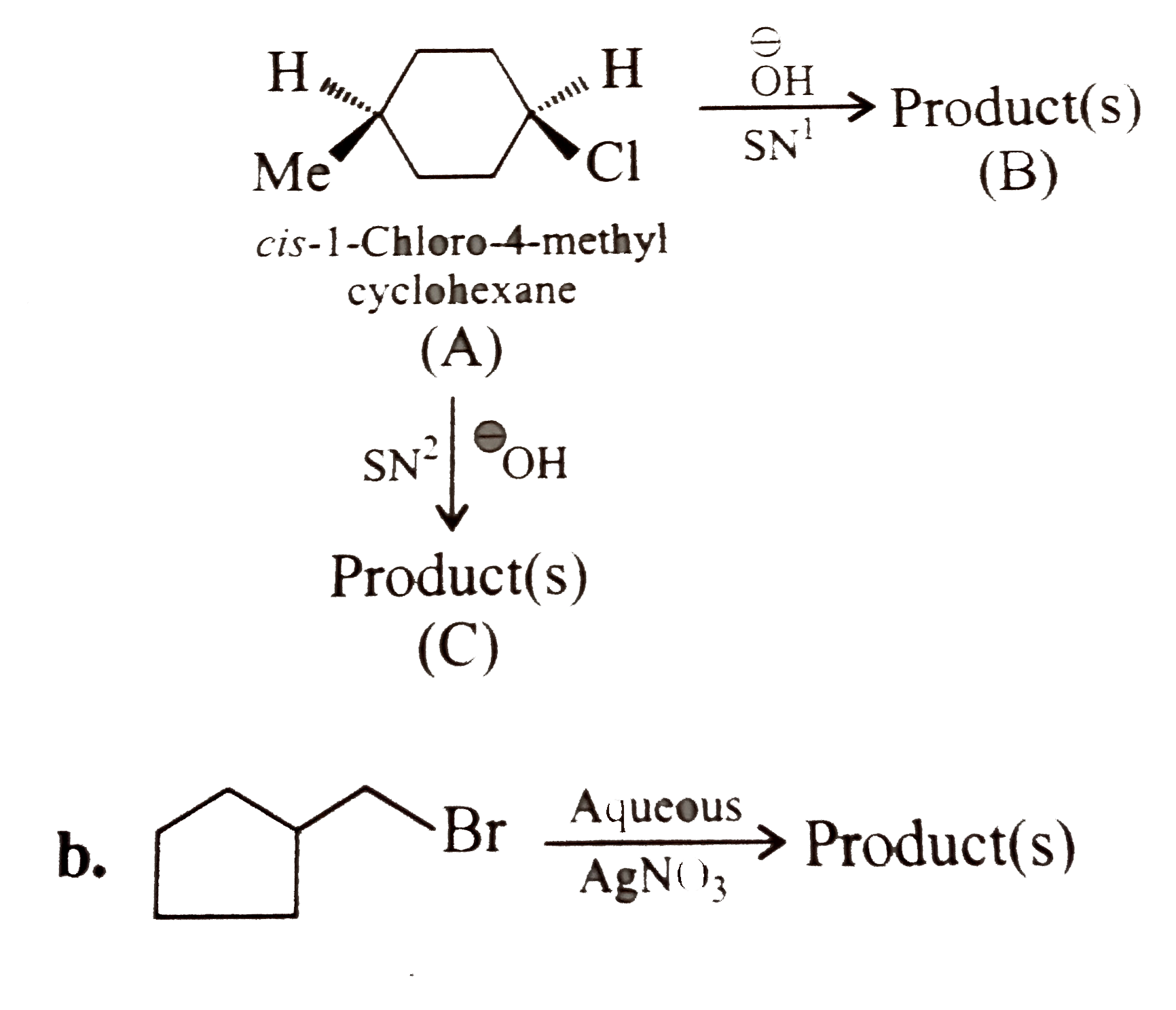SiC is a/an
Abrasive
A hard material
Covalent carbide
Diamond like structure
The correct Answer is:A, B, C, D
To determine what SiC (silicon carbide) is, we can analyze its properties and characteristics step by step.
Step 1: Identify the Chemical Composition
SiC stands for silicon carbide, which is a compound made up of silicon (Si) and carbon (C).
Hint: Look at the chemical formula to understand the elements involved.
Step 2: Determine the Structure
Silicon carbide has a crystal structure that resembles that of diamond, which contributes to its hardness.
Hint: Consider how the arrangement of atoms affects the physical properties of a material.
Step 3: Analyze Physical Properties
SiC is known for being extremely hard and has a low density. This means it can withstand high levels of stress without breaking.
Hint: Think about how hardness and density can influence the applications of a material.
Step 4: Understand its Nature
SiC is formed by the combination of silicon and carbon, which are both group 14 elements. Compounds formed by these elements are typically covalent in nature.
Hint: Recall the characteristics of covalent bonds and how they differ from ionic bonds.
Step 5: Identify its Applications
Due to its hardness and abrasive nature, SiC is often used in cutting tools, abrasives, and as a semiconductor in electronic devices.
Hint: Consider the practical uses of materials with high hardness and strength.
Conclusion
Based on the analysis, SiC is a covalent compound that is hard, has a diamond-like structure, is low in density, and is abrasive in nature.
Final Answer
SiC is a covalent compound known as silicon carbide, characterized by its hardness and abrasive properties.
---
SiC stands for silicon carbide, which is a compound made up of silicon (Si) and carbon (C).
Silicon carbide has a crystal structure that resembles that of diamond, which contributes to its hardness.
SiC is known for being extremely hard and has a low density. This means it can withstand high levels of stress without breaking.
SiC is formed by the combination of silicon and carbon, which are both group 14 elements. Compounds formed by these elements are typically covalent in nature.
Due to its hardness and abrasive nature, SiC is often used in cutting tools, abrasives, and as a semiconductor in electronic devices.
Based on the analysis, SiC is a covalent compound that is hard, has a diamond-like structure, is low in density, and is abrasive in nature.
SiC is a covalent compound known as silicon carbide, characterized by its hardness and abrasive properties.
Topper's Solved these Questions
- THE P-BLOCK ELEMENTSBOOK - AAKASH INSTITUTE ENGLISHCHAPTER - THE P-BLOCK ELEMENTSEXERCISE - Assignment Section-I)
16 Videos
- THE D AND F-BLOCK ELEMENTS BOOK - AAKASH INSTITUTE ENGLISHCHAPTER - THE D AND F-BLOCK ELEMENTS EXERCISE - Assingment ( Section-J Aakash Challengers Questions )
10 Videos
- THE S-BLOCK ELEMENTSBOOK - AAKASH INSTITUTE ENGLISHCHAPTER - THE S-BLOCK ELEMENTSEXERCISE - Assignment (Section-J)
10 Videos
Similar Questions
Knowledge Check
Assertion:SiC has higher melting point than NaCl.
Reason: SiC has stronger electrostatic forces of attraction.AIf both assertion and reason are true and reason is the correct explanation of assertionBIf both assertion and reason are true but reason is not the correct explanation of assertion.CIf assertion is true but reason is falseDIf both assertion and reason are false
SiC is popular with name
View SolutionIdentfity molecular solide, covalent solid, ionic solid: P4(s),S8(s),SiC(s),Al2O3(s),He(s),Al2Cl6(s).
View SolutionThe averge (CC) bond energy is 343kJmo1−1. What do you predict for the Si -Si single bond energy
(b) Carbrundum (SiC) and corundun (A12O3) are important abrasives Comment on the structures for these compounds to explain why they have such hardness .
View SolutionClassify each of the following solids as molecular, ionic, network (covalent), metallic or amorphous :
(i) I2 (ii) Tetraphosphorus decaoxide (P4O10) (iii) P4 (iv) S8 (v) Plastic (vi) Brass (vii) SiC (viii) Graphite (ix) Rb (x)Si (xi) Ammonium phosphate (xii) LiBr (xiii) Wax (xiv) Ice (xv) Solid CO2 (xvi) Al (xvii) Naphthalene (xviii) CsCl (rir) Sugar (xx) SiO2, (xxi) Glass
View SolutionA solid substance 'A' is very hard and electrical insulator both in the solid state as well as in molten state. It has also very high melting point. Is the solid metal like silver or network solid like silicon carbide (SiC) ?
View SolutionNo of compounds producing gas on hydrolysis (with H2O ) is
Al4C3,BaC2,Mg2C3,SiC,B2H6,Fe3C
View SolutionTo which category the following carbides belong ?
SiC
View Solution

